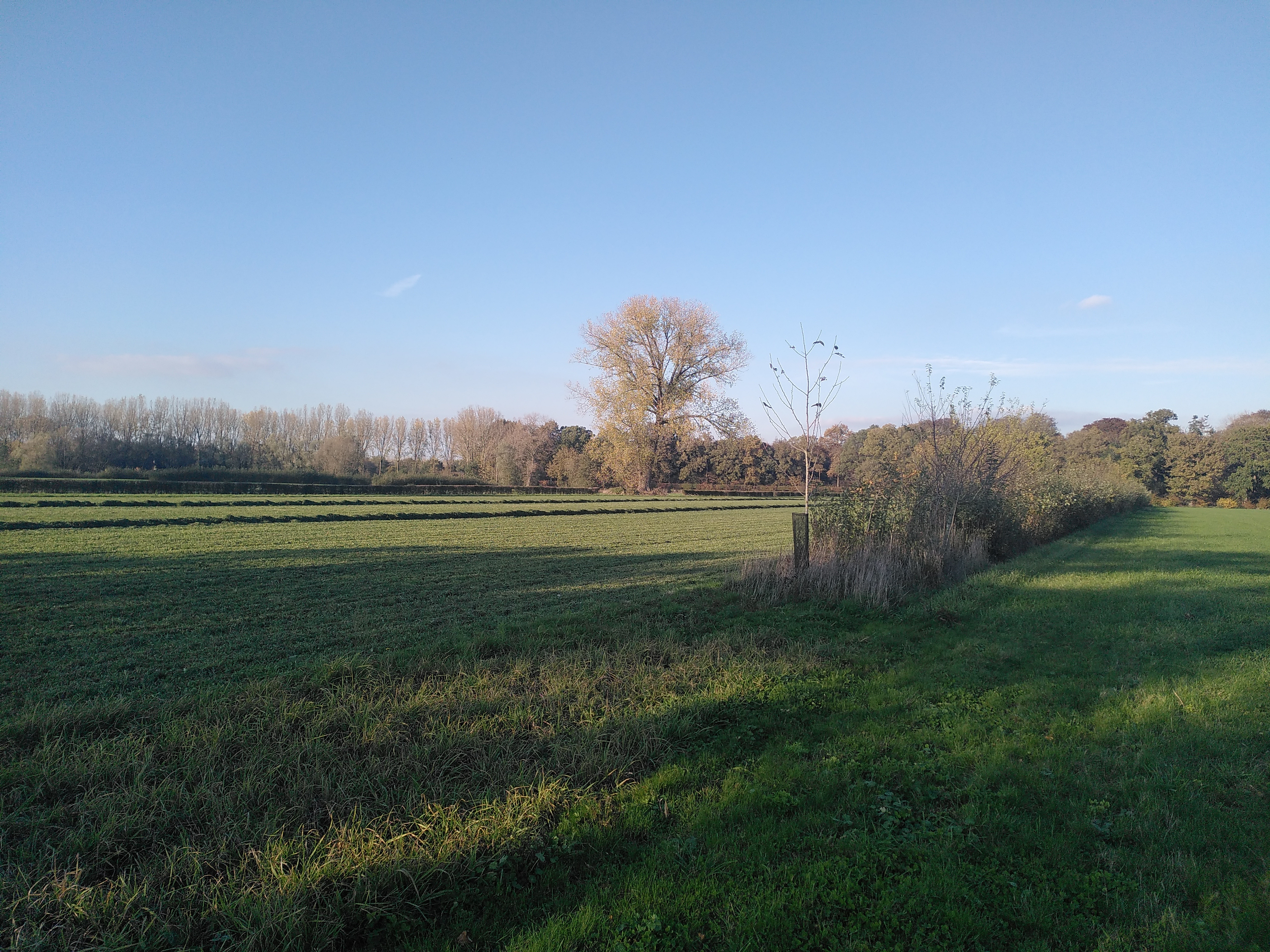Agroforestry
Agroforestry is an integrated land use management system where trees or shrubs are combined with an agricultural crop or livestock on the same land. In a well-functioning agroforestry system, both components have a neutral or positive influence on each other, and negative interactions are avoided as much as possible through well-considered design. Agroforestry can also provide ecosystem services such as carbon sequestration, shade for livestock or air purification.
Agroforestry is a production system in which different agroecological principles are applied. Experiments with agroforestry have also been carried out at PHAE in Hansbeke. For example, on certain fields linear elements have been planted with woody plants such as willows. These biodiverse, undisturbed strips provide habitat for a variety of organisms, including insects and birds, that can encourage natural pest control in the field. Due to the tree litter that becomes available year after year, such strips are also valuable for maintaining or increasing the organic matter content in the soil.
An experimental planting with classic and alternative late-budding walnut varieties is currently under consideration. Walnuts bud quite late anyway, which is beneficial to reduce the light competition with the undergrowing crop in the spring. Both the nuts and later the wood of the trees can be an additional source of income for the farmer.
